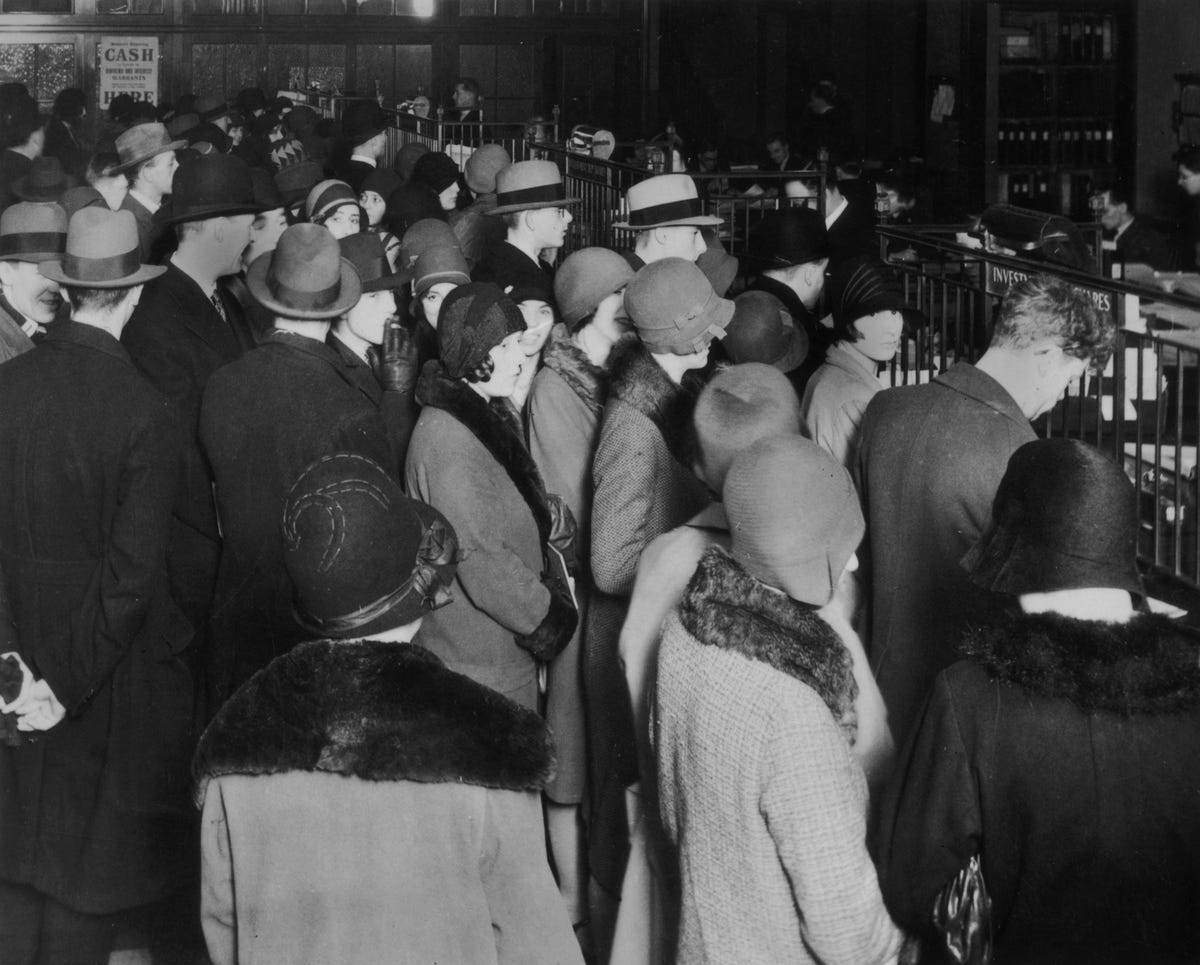There’s no equating last week’s Silicon Valley Bank crisis and subsequent fallout with any moment in history. But that doesn’t mean we aren’t facing down the barrel of a potential contagious banking crisis like we did in 2008 or 1930.
Rescuing uninsured depositors is absolutely imperative to stem a market-wide impact. However, immediate actions taken by regulators fall short of solving the root problems here: crumbling, opaque infrastructure that fails startups, small business owners employing nearly 50% of America’s workers, and retail again and again—and a nagging sense of panic that spread like wildfire across social media and group chats.
Contagion refers to the spread of emotions, behaviors, and ideas from one person to another—and it happens to be an apt description of what contributed to the current moment. In the context of banking, it’s important to understand—from history and from the present—that contagion spreads when conditions enable it. And we should take this time to wrap our heads around what’s actually happening to distance reality from panic.
Specifically, it’s beneficial to explore the impact of contagion on the bank run that led to Silicon Valley Bank’s shuttering and how the same psychological effect impacted the banking system in the past. At the core of this effort: ensuring history does not repeat itself.
Memes turned to Contagion and Bank Runs
In today’s world, it has never been easier to tap into the psyche of the individual. We have seen Discord turn chat channels into trading floors with Gamestop and AMC. Just last week, we saw that a Twitter thread or Slack message drenched in fear, uncertainty, and doubt manifesting a reality with significant impact can move billions of dollars.
In the case of SVB
VB
While this feels like a life-upending event right now, regulators, investors, and depositors, alike, have to stick to the facts. We must rely on credible sources of information to avoid making any decisions that impact people’s livelihoods, based on rumors.
Putting Contagion and Bank Runs into Historical Context
This isn’t the first time we have seen individuals swarm into a mass of panic, impacting the banking industry. Notable bank failures of the past include the Great Depression and my college graduation present, the 2008 financial crisis.
In both black swan events, rumors of bank failures and insolvency seeded panic among customers, leading to a run on banks and decline in stock prices respectively. The Great Depression witnessed over 1,300 bank failures in the first 10 months alone and the loss of millions of dollars in deposits. The resulting withdrawal of funds from banks caused a ripple effect, ultimately leading to the collapse of the banking system.
The most recent example, the 2008 financial crisis, exhibited similar contagious rumors which drove the instability of several banks and a significant decline in their stock prices. This decline in stock prices further fueled the rumors of instability, leading to a situation where many customers withdrew their funds from these banks, ultimately causing their collapse.
While the rate of failure in the SVB situation is unprecedented, the root issues rhyme with the mistakes of America’s banking history.
Let’s Not Repeat History
SVB’s decline illustrates how rumors of insolvency can cause panic among customers, leading to the current, persistently fluid situation. It also illuminates that while U.S. regulators see the problems that led to SVB’s closure, the country’s banking system is not built to fully address them.
When things started to get dire and SVB’s stock tanked, the bank closed at 5 pm every weeknight like it was any other week. That’s a core and expansive problem. We live in a 24/7 society that demands 24/7 banking infrastructure powered by 24/7 technology.
Startup leaders and small business owners, in particular, not only need access to round-the-clock banking, they’re legally obligated to send payment to employees and cover operational costs on a rigid payment schedule. As regulators continue their scramble to contain the SVB fallout, depositors’ need to pay employees and bills will persist.
As I shared in The New York Times
NYT
Read the full article here










